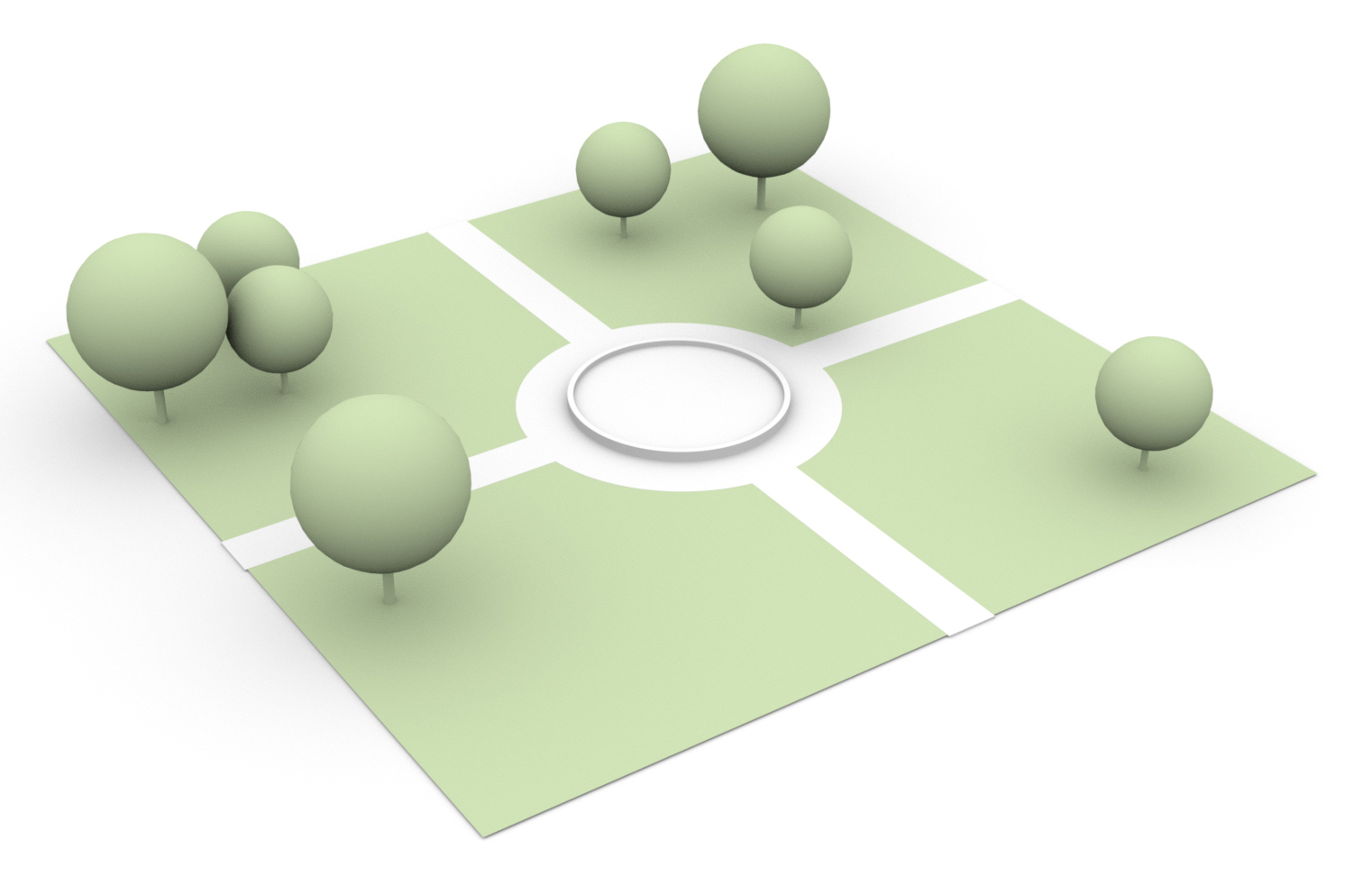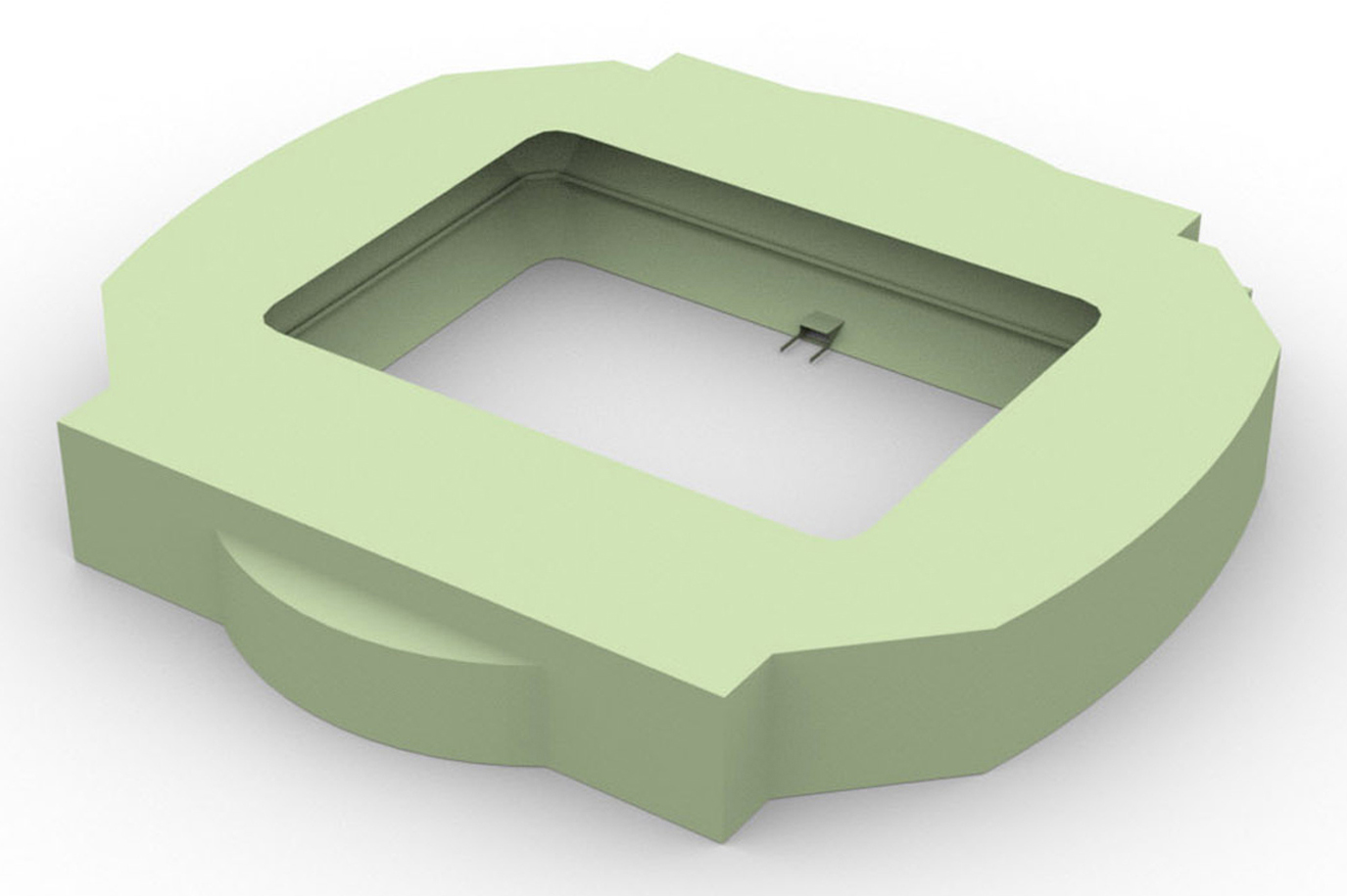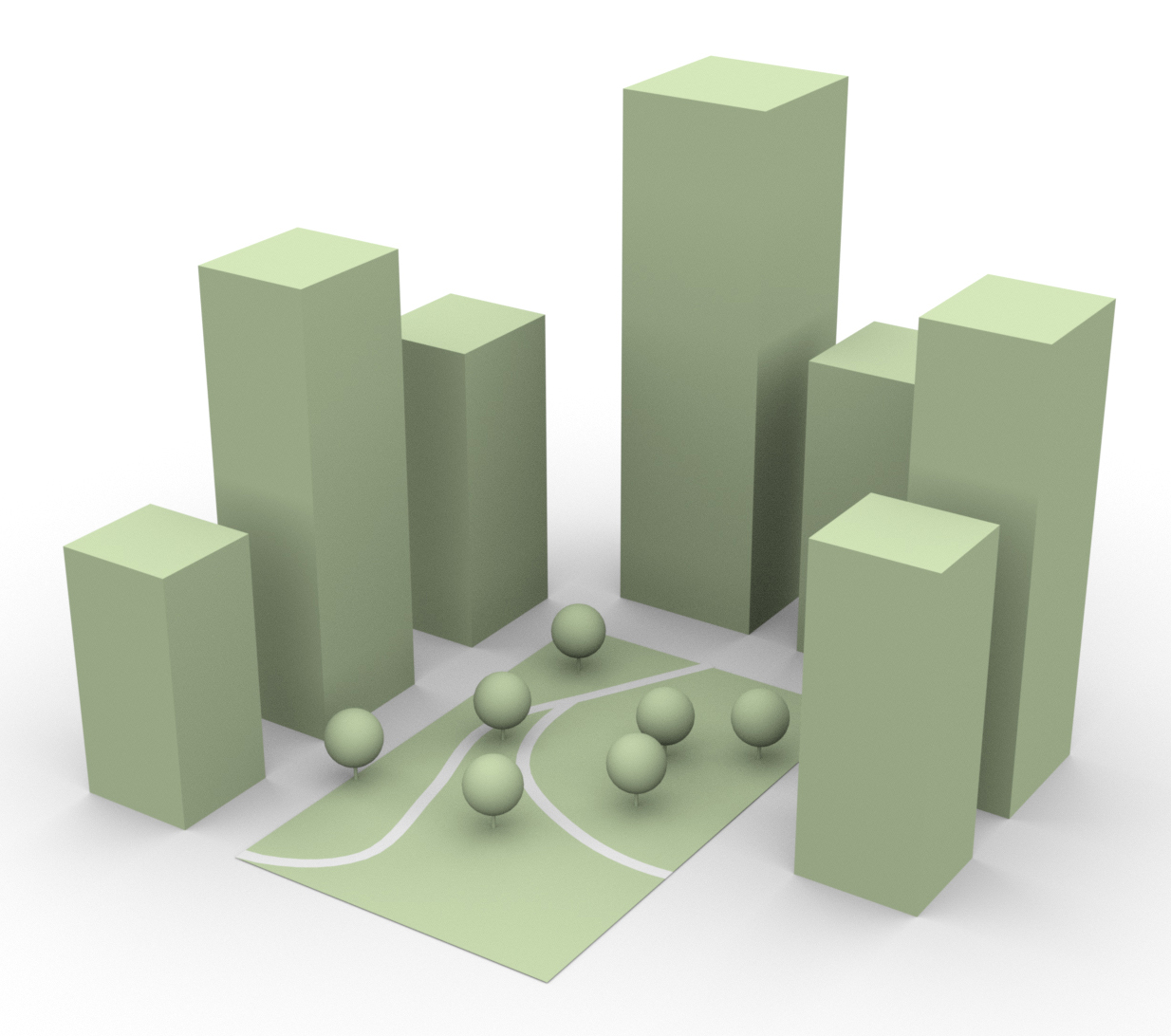Social facilities, open and civic space

Social facilities, open and civic space are urban objects which provide for the recreational requirements of an urban area, its citizens, workers and visitors.
Contents
Description
The following archetypes are used within Urban Securipedia to represent social facilities, open and civic space:
| Type of social location | Description | Icon |
|---|---|---|
| Open and civic space | Within Urban Securipedia, open and civic space includes: the public realm |
|
| Community centres and sports facilities | This type of urban object includes all facilities where large crowds may be present for social or recreational activities, and arenas or stadia, etc, in which sports activity and competition takes place. |  |
| Religious or cultural | 'Religious' urban objects include religious worship and education spaces, and associated administration spaces. Collectively these facilities hold a sacred atmosphere of religious worship. A typical example would be a church or cathedral. 'Cultural' facilities are classed as any building/structure used for activities promoting the arts, such as a museum or gallery. Within Urban Securipedia, both types are classed as one, given their similarities, not least the fact that they may attract medium sized crowds at specific occasions. |  |
| Public monuments | These urban objects are used to commemorate a person or significant event in the city or national history (and therefore have a certain symbolic value, and are potentially an inherent target for criminals) |
Social facilities, open and civic space are generally provided for the community of an urban area to fulfil a range of requirements for the residents and citizens of urban areas. Just some of the uses which these facilities are designed to fulfil include the connection of the different parts of the urban area which allow people to move freely between them (civic space, the public realm![]() , and urban squares
, and urban squares![]() ), areas for recreational purposes (amenity and open space such as public parkland
), areas for recreational purposes (amenity and open space such as public parkland![]() ), and areas or facilities for religious or cultural requirements
), and areas or facilities for religious or cultural requirements![]() ). Public monuments
). Public monuments ![]() are included within this category also. Another urban object grouping which has an important social and recreational function is 'Community centres and sports facilities'
are included within this category also. Another urban object grouping which has an important social and recreational function is 'Community centres and sports facilities'![]() .
.
- Community Centres/Sports Facilities;
- Public Parks/Recreation Spaces;
- Church/Religious Facilities;
- Cultural Facilities;
- Public Realm (streets and urban squares, etc);
- Civic Structure/Monument.
Functions
Social
In the case of social facilities, open and civic space, societal security should be a natural frame of reference for identification of vulnerability and enhancement of resilience. In particular for this type of urban objects, urban planning practice must therefore incorporate appropriate security measures for vulnerability identification and resilience enhancements of urban objects, including from the societal point of view. Vulnerability assessment should thus take place based on different sets of indicators, from physical to social, and across several levels of reference, from individual to cultural community.
We know that citizens’ felt risks to urban infrastructure and needs to protect can be influenced according to ownership structure (public vs. private owners; domes-tic/foreign owners). This is an aspect of general types of impact of critical infrastucture failure on citizens and society and needs to protect it.
Another aspect is that social facilities, open and civic space can also be associated with perception of own capability to control the infrastructure, which decreases citizens’ felt risks to urban infrastructure and needs to protect. Vulnerability assessment and reduction in urban planning should thus involve awareness building, at the same time appreciating citizens' views as those of the end-users of such type of urban objects. VITRUV identified a set of practical methods for citizen participation that can serve these objectives.
Economic
Providing the urban environment with goods and services such as recreation, tourism, cultural inheritage, food, drinking water, and safety against natural threats, social facilities, open and civic space are major contributors to the public well being, and, therefore create a positive economic impact such as:
- A positive contribution to property value of land and real estate; e.g. to attract business and industry to a region.
- Avoided costs for public authorities due to the environmental services such as waste water disposal, filtering of drinking water, etc.
- Economic spin-off of recreation and tourism.
- Jobs for the management and the upkeep of the open space.
Moreover, social facilities, open and civic space can be regarded as a public asset that in time will increase in value, in contrast to many other urban developments. The economic impacts can be estimated with the help of economic tools/techniques. However, some of these benefits are not easy to measure though and one easily double-counts effects.
Most of the security threats are crime related (e.g., vandalism, assault, robbery, etc.). Crime generates costs in anticipation of crime (e.g. locks, surveillance, etc.), as a consequence of crime (loss of property) and in response to crime (police investigation, legal system, etc.). Indirectly, crime has (amongst others) an impact on, for example, the local real estate value in the area around the open and civic space[1]. Security measures can reduce these negative impacts, but can also have a negative impact on the urban environment, also referred to as the economic impact of security measures.
Mobility
Safety
Security Issues
Measures
Footnotes and references
- ↑ There can be a negative effect on real estate value, especially for single family dwellings due to the potential negative externalities that may surround social facilities, open and civic space, for example, criminal activities in the evenings in public parks. Source: Wikipedia: http://en.wikipedia.org/wiki/Urban_open_space
